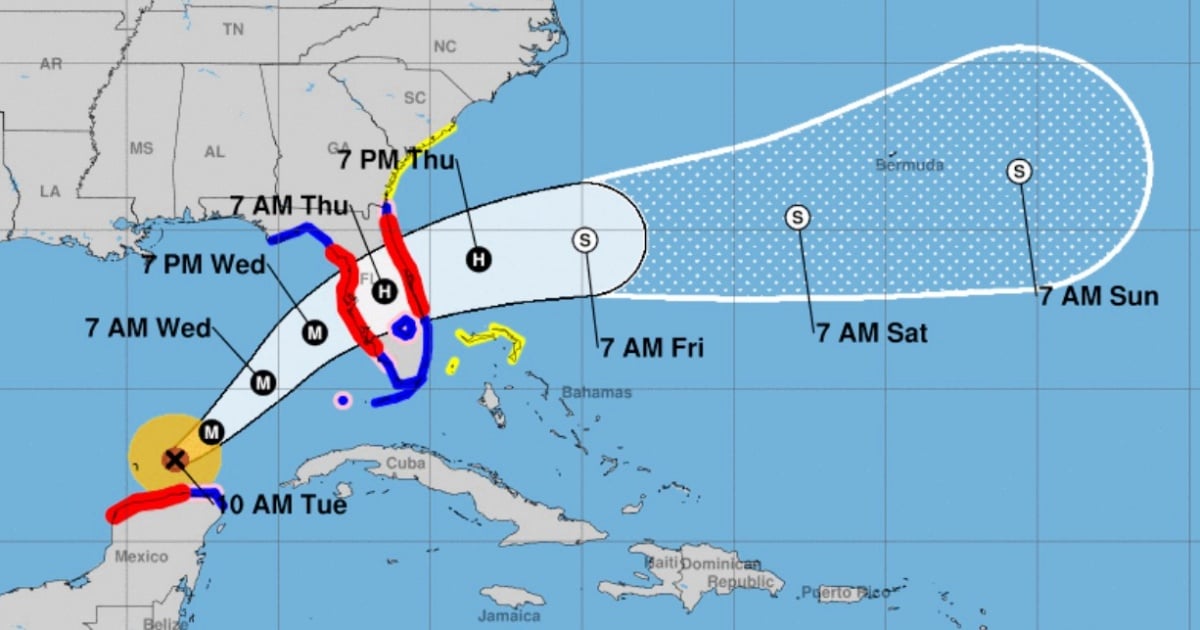Hurricane Milton remains a powerful storm, with expectations for it to expand as it approaches Florida's west coast, according to the latest update from the National Hurricane Center (NHC). "Today is the final full day for Florida residents to secure their homes, prepare their families, and evacuate if instructed by local authorities," cautioned the U.S. weather agency.
As of 10 a.m. local time, Hurricane Milton was positioned 205 km northeast of Progreso, Mexico, and 835 km southwest of Tampa, Florida. In advisory 14a, the NHC reported that a hurricane hunter aircraft found that Milton has intensified.
Currently, Milton is a Category 4 hurricane, boasting maximum sustained winds of 150 mph (240 km/h). It is moving east-northeast at 9 mph (15 km/h). The forecast predicts a shift to the northeast with increased forward speed, nearing Florida's west-central coast between Wednesday evening and early Thursday morning.
In Cuba, the Institute of Meteorology (INSMET) stated that despite "fluctuations in its intensity," Milton remains a dangerous and intense hurricane, expected to begin exerting "indirect effects on the western part of the country" today.
Storm Surge and Tropical Storm Alerts
Among the updates in NHC's advisory 14 is the extension of the storm surge warning southward along Florida's east coast to Cape Canaveral. Additionally, a tropical storm warning has been issued for the northwest Bahamas, including Grand Bahama, the Abacos, and Bimini.
Dangerous sea level rises of 2 to 15 feet are anticipated in various parts of Florida's coastline, accompanied by large, destructive waves. Rainfall accumulations of 5 to 12 inches are expected in central and northern Florida, with localized totals up to 18 inches, posing a risk of flash and urban flooding.
Wind and Coastal Conditions
Hurricane conditions are forecasted for Florida from Wednesday afternoon through Thursday morning. The swells generated by Milton will impact much of the Gulf Coast, bringing potentially deadly waves and rip currents.
The primary recommendation is to follow evacuation orders and stay informed through your local National Weather Service office or national meteorological service updates.
